Yeti of the Himalayas
- by Eric
- Last Updated: 2023-12-04
In the Himalayan Mountains, there is a mysterious enigma that remains unsolved – the Yeti. For hundreds of years, local residents have passed down legends and myths about the Yeti, and explorers, scientists, and ordinary people have repeatedly claimed to have sighted the Yeti in the Himalayan mountain range. According to the description, the appearance of Yeti is probably similar to Bigfoot in North America and giant apes in other parts of the world.
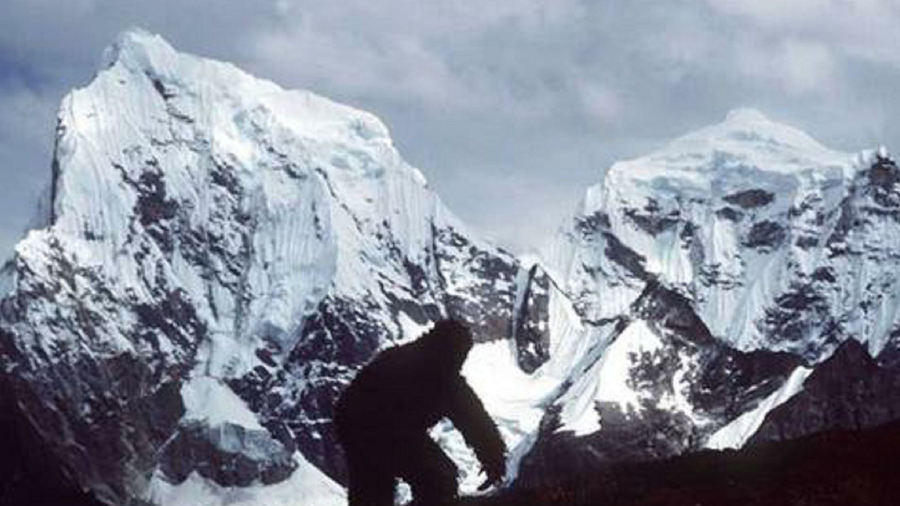
What is a Yeti?
The word Yeti is derived from the Tibetan word གཡའ་དྲེད, pronounced "yeh-teh" in Sherpa, which means "small, human-like animal". In English, it translates as "rock bear" or "bear-like." The Yeti is an ape-like creature, which is believed to survive in harsh alpine environments with supernatural powers and abilities. In Western popular culture, this mythical monster is often referred to as an "abominable snowman." They live in remote, snow-covered areas of the Himalayas at altitudes above 4,000 meters, and inhabit below the snow line. They are large, ranging from 1.8 to 2.7 meters (6 to 9 feet) in height, covered with long brown, gray, and white hair, and walk on two feet like a human. Sometimes they are described as having large, sharp teeth.
So far, there is no exact specimen of the Yeti for people to study but far more legendary materials about the Yeti than evidence. The Yeti of the Himalayas is the most talked about branch, concentrated "distributed" in Tibet Nepal and Bhutan.
Legend
The Yeti is a creature from ancient legends and folklore of the Himalayan people. People in Nepal and Tibet have always believed that a shy, hairy, human-like creature lives in the snowy Himalayan mountains. In Sherpa, this creature is known as the "Yeti", the son of the snowy mountains with divine powers. Out of reverence for it, Sherpas often enshrine body tissues or skeletons supposedly from Yeti in their temples. In many Tibetan scriptures and historical records, records and pictures of Himalayan snowmen have appeared for a long time.
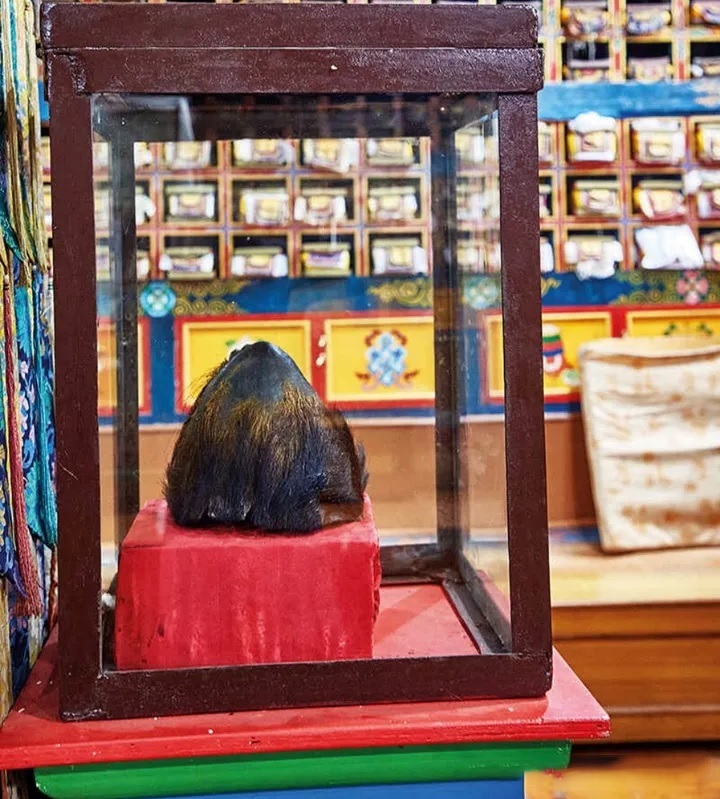
In Tibetan Buddhism, the Yeti is considered a non-human animal (tiragyoni), yet possesses human spirituality and is sometimes able to follow Dharma. There are several stories of Yeti becoming helpers and disciples of religious figures. Some ancient tribes of the region also regard the Yeti as their god of hunting. They also hold mysterious sacrificial rituals every year, hoping that the snowman will bless them to hunt more prey in the harsh weather of ice, snow and cold. The unique cultural fabric of the Himalayas, a blend of beliefs, traditions, and contact with the natural world, all combine to form the legendary Himalayan Yeti, representing the unknown and the challenges of mountain life.
Exploration of Yeti Creature
In addition to historical legends, since the 19th century, many people have claimed sightings of Yetis in the Himalayas. These testimonies were diverse and covered observations from different regions, time periods, and groups of people. Some claimed that the Yeti was tall, bulky, and human-like but more primitive; some claimed that the Yeti was highly agile and quick, able to quickly traverse through mountains and canyons; and others claimed that the Yeti was huge and described as similar to a giant ape or bear creature. These eyewitness accounts generated a great deal of interest and were the impetus for many explorers and scientists to search for the Yeti in the Himalayas.

The most recent rumors of Yeti sightings date back to the 19th century. According to James Prinsep's report in the Asiatic Society of Bengal, Yeti footprints were discovered by local guides on a trip. The earliest records of yeti in Western countries were in 1899. At that time, a British Army lieutenant colonel named Laurence Waddell found Yeti tracks in northeastern Sikkim and wrote a book about the discovery, called "Among the Himalayas". Regarding the account of Yeti footprints, Wardle claimed that his guide described an ape-like creature as having left those footprints, not a bear as he had previously thought.
In the 20th century, with the increase of the expedition, the Himalayas were visited by more and more Westerners and more and more reports about Yeti. In 1925, Royal Photographic Society photographer N. A. Tombazi wrote that he had seen a bipedal and unidentified creature near a glacier at an altitude of 4,600 meters, between 1.8 and 3 meters tall, with a human-like appearance and walking, except that it was covered in hair.
By the 1950s, the rumors and awareness of the yeti reached their peak among the people. Some people even traveled thousands of miles to the Himalayas in order to take pictures of the yeti. In November 1951, a British Everest climber named Eric took the first clear photograph of Yeti's footprints, which are 45 cm long and 32 cm wide, with five toes (three small, and two large), a flat heel, and a large thumb splayed outward. The photo was taken in a dangerous area that even mountaineers dare not to approach easily. However, some people think that these may be the footprints of bears or orangutans, but after comparison, they can still find obvious differences. In the end, this photo caused a sensation, making more people around the world want to look for traces of the yeti.
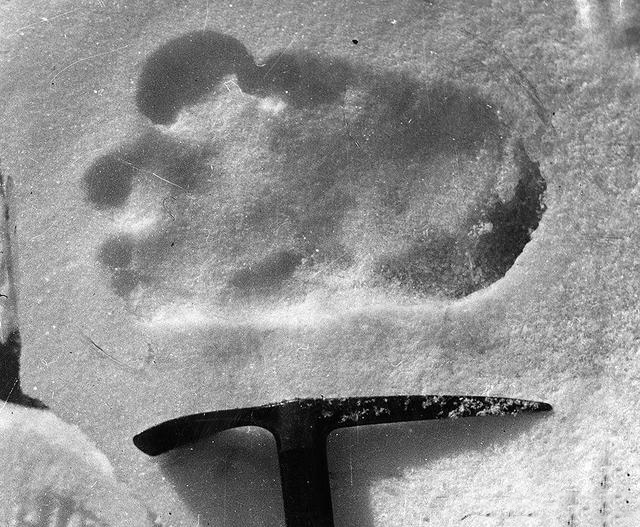
In March 1954, the Daily Mail published an article describing a discovery from an expedition team. At an ancient monastery, they found hair samples which are said to be taken from the skull of the yeti. The hair sample appeared dark brown in dim light and red like fox fur in daylight. The samples were further analyzed, a task assigned to Professor Frederick Wood Jones, an expert in anatomy at that time. After the professor completed the analysis, he believed that the hair did not come from the scalp. Although some animals had ridges of hair extending from the head to the back, it was difficult to say where this part of the hair came from, and the hair definitely did not come from apes.
In early 1957, an American oil tycoon named Tom funded several Yeti expeditions. It was said that the feces of the Yeti were collected in 1959, and unidentified parasites were found in the feces.
In March 1986, mountaineering adventurer Widley discovered strange large footprints on the way heading towards his destination on the day. Then a dead end caused by an avalanche appeared not far away. In order to investigate whether the road ahead was stable, Widley walked forward a few hundred meters. About 150 meters ahead, he saw a dark shadow standing on the snow. The dark shadow appeared to be 1.8 meters tall whose body and posture were very similar to humans. Its whole body was covered with black body hair. He was suddenly surprised to think of, “That must be the legendary Yeti”, so Widley quickly took the camera and pressed the shutter. Wedley’s photos of a mysterious orc haunting the Himalayas have shocked the world after they were released.
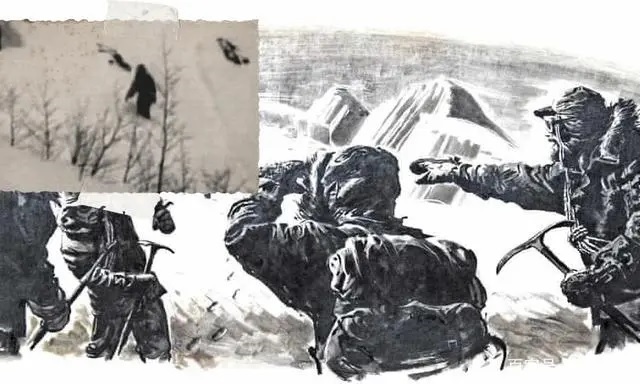
Afterward, many large footprints of unknown creatures were discovered, and creatures walking upright on two legs were witnessed. In April 2019, the Indian military claimed that its mountain troops found Yeti footprints near Makalu Base Camp. It was hard to imagine that these creatures could live and breed in such a high-altitude mountain with extremely low oxygen and temperature, even humans have to carry oxygen tanks to climb mountains above 6,500 meters. It was really shocking.
Are Yetis Real?
In fact, research on the Yeti has never stopped, but there is still no verdict on what the Yeti is. People generally have three guesses about the Yeti.
Descendants of Neanderthals
British anthropologists believed the Yeti might be a descendant of Neanderthals. Neanderthals, discovered in 1856, were the earliest ancient human species we knew. After that, archaeologists successively unearthed fossils such as Homo erectus and Homo heidelbergensis. These discoveries tell us that many different races of people once lived in this world in ancient times. Scholars believe that human groups in various places evolved from ancient human races in various places. Europeans are descended from Neanderthals, and Asians are descended from Homo erectus. In addition to evolving independently, ethnic groups in various regions also communicated with each other, and eventually "Homo sapiens" evolved. That's the multiregional hypothesis. During the struggle for survival territory between Neanderthals and Homo sapiens, Neanderthals were losing ground and one group of Neanderthals fled into the snowy peaks of the mountains and eventually formed the Yeti after tens of thousands of years of evolution.
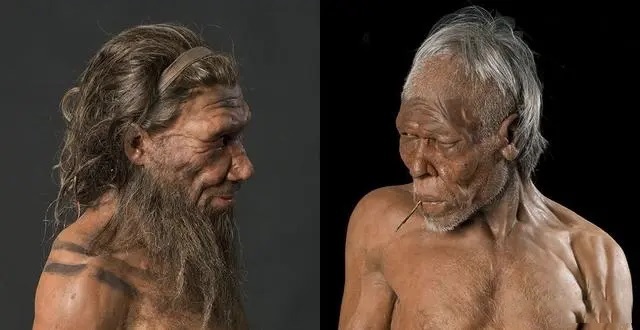
Descendants of Gigantopithecus
Scholars of another school believed that the Yeti was a descendant of Gigantopithecus. After comparing the Yeti's footprints with those of apes, they concluded that the Yeti was more ape-like. The legendary Yeti walked upright, but could also crawl and gallop when frightened. The description seems more ape-like. Gigantopithecus lived in China, India, Vietnam, etc. about 1 million years ago. Geographically it was indeed related to the Himalayas. They could reach 3 meters in height and weigh about 500 kilograms, making them the largest known apes in the world. They once coexisted with humans, so anthropologists believed that the Gigantopithecus was not truly extinct. Their descendants retreated to high mountains outside the scope of human activities and then evolved into mysterious Yeti after tens of thousands of years. Because Gigantopithecus had lived together with humans for a period of time, the legend of the Yeti among residents in the Himalayas could be a common memory passed down by ancestors for thousands of years.
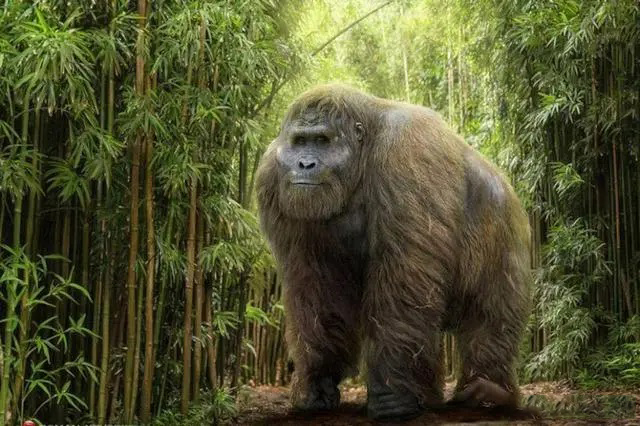
Hybrid or Subspecies of Bears
As mentioned earlier, the Yeti furs were enshrined in temples in the Himalayas, but in fact, after the British expedition brought back samples, they analyzed that they were only the furs of wild deers in the Himalayas and not the so-called Yeti furs. Sykes, a professor at the University of Oxford in the UK, collected and analyzed 70 hair samples of suspected Yetis from around the world, and filtered out 27 for animal genes comparison. Some of these genetic samples came from Asiatic black bears, Himalayan brown bears and Tibetan brown bears, and two of them came from unidentified animal hair samples. Sykes said the DNA of the two samples matched 100% with ancient polar bear's jawbones from Svalbard, dating back 40,000 to 120,000 years ago. Polar bears and brown bears had similar ancestry 120,000 years ago but evolved into different species 40,000 years ago. The most likely explanation was that they were hybrids of ancient polar bears and brown bears. Although it could not be considered that ancient polar bears once roamed the Himalayas, it was more likely that there were “subspecies” of brown bears existing in the high-altitude Himalayas. According to some witnesses claims that the Himalayan Yeti behaved differently from ordinary bears and had different footprints. Sykes believed that there might be such a “hybrid bear”.
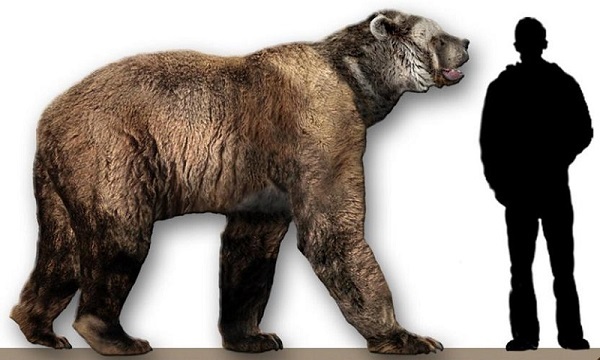
Conclusion
In general, limited by current scientific detection technology and human cognitive level, the Yeti currently only exist in mysterious legends. Despite this, the Yeti has become deeply embedded in folk beliefs and has become a part of human culture.
Related Articles
-
How to Travel to Tibet from Spain?
Traveling to Tibet from Spain via mainland China or Nepal by indirect flights, you need to apply for a China visa/group visa as well as a Tibet travel permit. -
Travel from New Delhi to Bhutan
Flying from New Delhi to Paro then driving to Thimphu, you will experience the Himalayan flight views & scenic road journey into Bhutan. Check out more possible transportation modes. -
Travel from Netherlands to Tibet
Traveling to Tibet from the Netherlands, you can get to mainland China then to Lhasa by train/flight, or go to Kathmandu then to Lhasa by land. -
Travel from Italy to Tibet
Italian citizens travel to Tibet, you can fly either to mainland China or to Nepal first, then get to Lhasa. No matter which way, you need a Tibet travel permit. -
Best Time to Visit Tibet, Nepal and Bhutan
The best time to visit Tibet, Nepal, and Bhutan is from April to May and September to October each year when it's the local spring and autumn. -
How to Choose a Suitable Tibet Tour
For planning a journey to Tibet, please identify which aspect of Tibet draws you a lot and then you can plan your tour revolved around it. -
Inner Kora of Mt.Kailash
Kailash inner kora is centered on Yinjietuo Mountain. It's the core pilgrimage area of Kailash, with higher religious and sacred significance. -
What Should You Pay Attention to When Taking Kids to Tibet?
For families, taking children to Tibet is an unforgettable experience, but there are some important things to note. -
Bhutan Cities
Thimphu is currently the only literal city in Bhutan. Other so-called "cities" are just small market towns where the population is relatively concentrated. -
Gangdise Mountains
Gangdise Mountain Range traverses the southwest of Tibet, parallel to the Himalayas. It's been a holy place for pilgrims since ancient times.
Email response within 0.5~24 hours.



